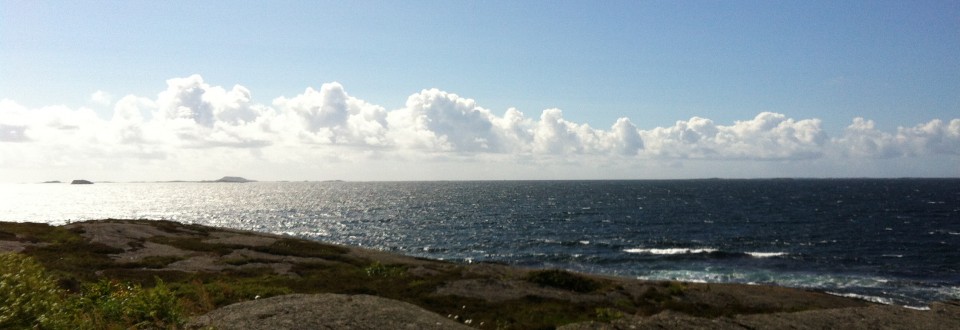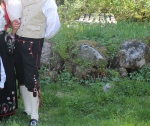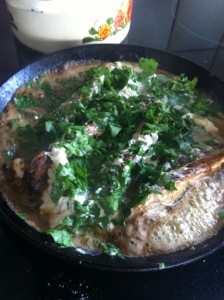We celebrated my oldest niece’s confirmation last weekend. She is fifteen and as a Evangelical Lutheran tradition we then celebrate her becoming an adult. Her life doesn’t change much at fifteen, but traditionally this is the age from which you were considered an adult. 18 is the age where you’re legally considered and adult in Norway.
The tradition involves weekly church meeting throughout the school year, although this varies from place to place. There are also non-religious confirmations based on various secular organisations, where obviously the church is not involved. The confirmations has long traditions in Norway, and was introduced during the 16th century, during the 18th century if was made obligatory. The confirmations coincided then with the last year of school and the confirmation became a religious exam, as well as a requirement for getting an apprenticeship. Today it is a matter of getting to know your religion, becoming more reflected, growing up and also the family party.
My niece was two when I met my husband and when I met her for the first time. It has been amazing watching her grow into the young lady she has become today, and it has happened so quickly. She went from a young girl to a young lady in the blink of an eye. She is lucky to have an amazing mother who can take credit for the level of maturity in my niece. She has done a good job in emphasising my niece’s good qualities throughout her upbringing and focused on the positive in life. But my niece is much more than just the result of her upbringing, she is also very clever, she has a brilliant sense of humour, she is well-reflected and mature for her age. She is insanely beautiful and determined. I’m very proud of her and consider myself very lucky to be able to follow her further in life.
I wish to keep my family anonymous and thus leave you with pictures of some of the gorgeous bunads present on that special occasion.
- My husband in his brand new Rogaland bunad
- A beautiful representative of the nordlandsbunad
- The Åmli bunad – the one worn here is actually 60 years old, inherited from her grandmother
- The Åmli bunad for men
- The setesdalsbunad
- A blue version of the Rogalandsbunad


















